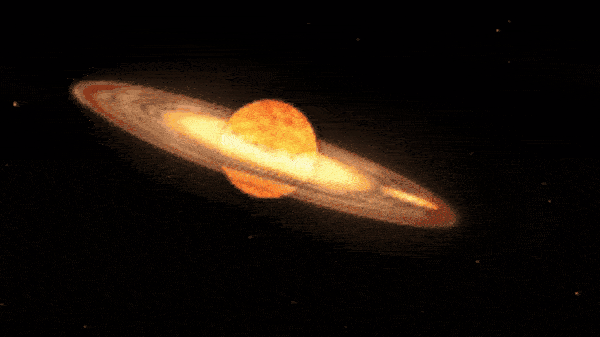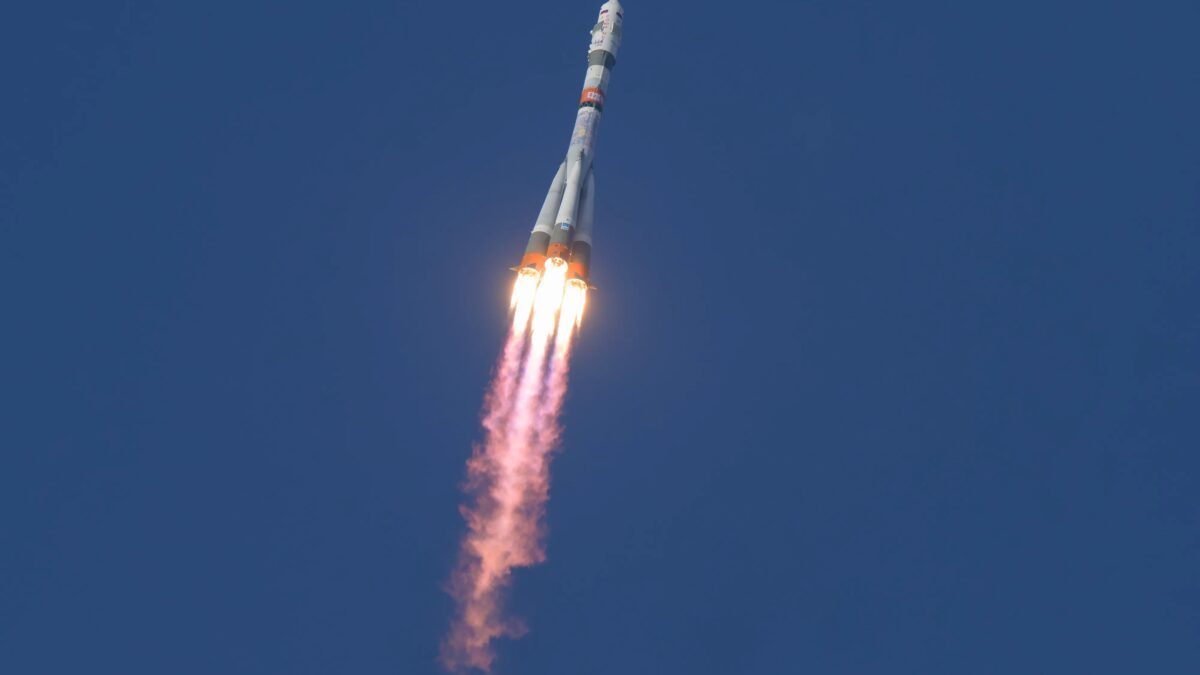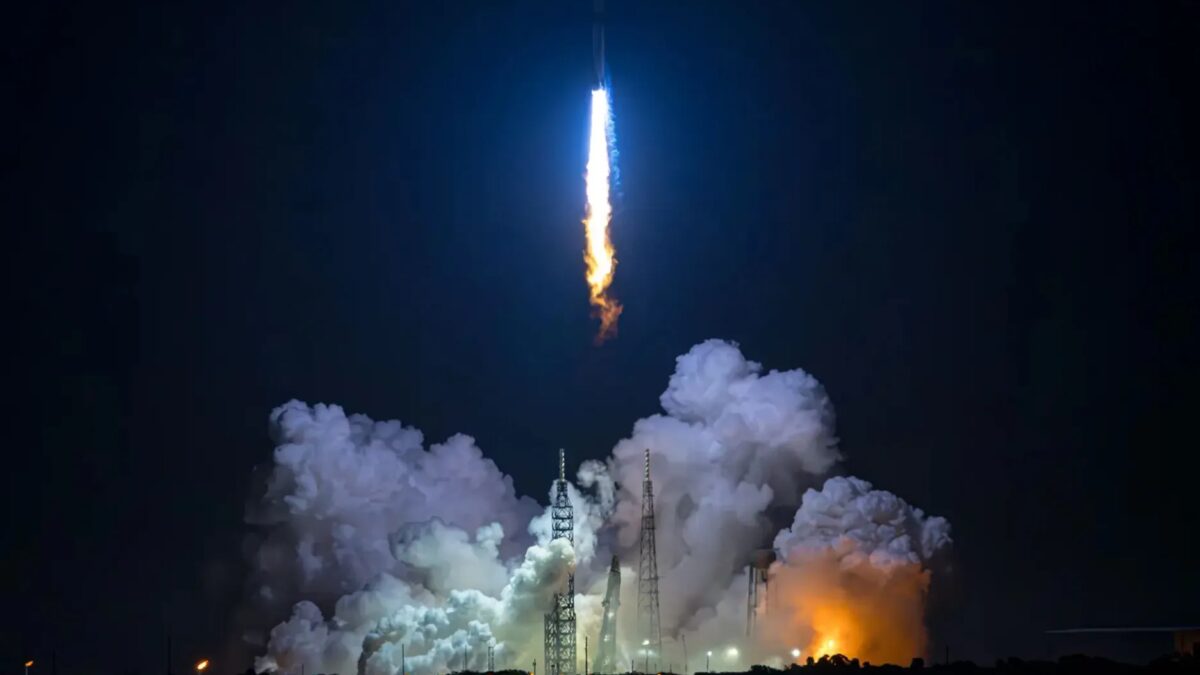Astronomers expect a rare star explosion to occur once every 80 years
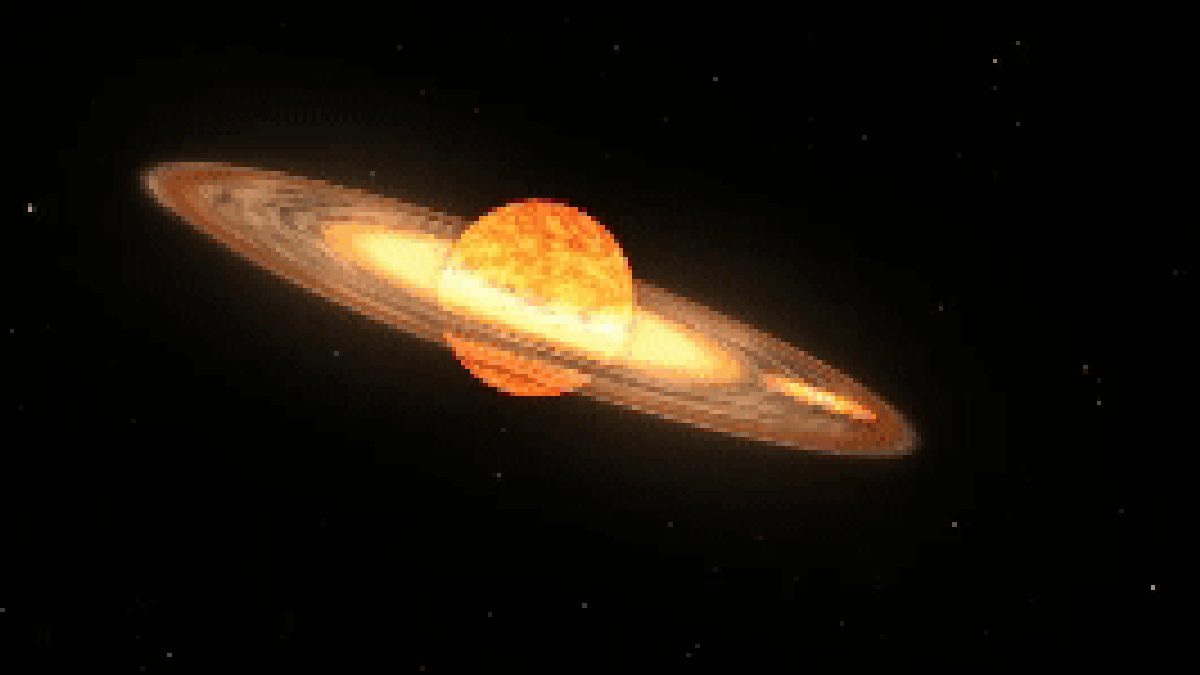
The new star (supernova, supernova) will be visible to the naked eye for a week or longer before dissipating.
In 2024, night-sky lovers enjoyed many amazing astronomical phenomena, such as solar eclipses, dazzling views of the Aurora Borealis and parades of planets. But the Universe has one more surprise for all star lovers – a new star may soon appear in the night sky.
A new star may soon appear in the night sky.
Astronomical Event of the Century
NASA and astronomers around the world are eagerly awaiting the appearance of a new star that can be seen with the naked eye. After this event, it will be about 80 years before this star system will give us the same sight again.
After this event, it will be about 80 years before this star system will give us the same sight again.
How does a star explode?
When a white dwarf absorbs matter from a neighboring red giant, a thermonuclear explosion occurs. As a result, the white dwarf becomes brighter in the sky, but does not collapse. After the explosion dissipates, the star returns to its original brightness. This phenomenon is called a new star.
A new star.
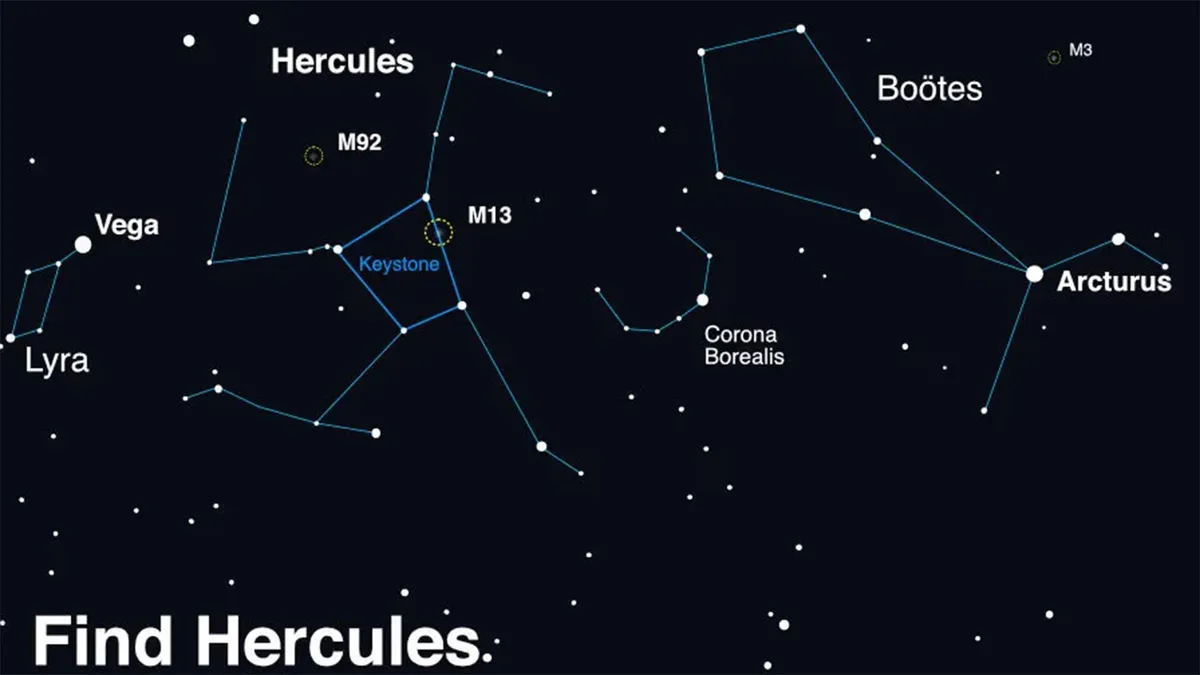
When should we expect a new star?
According to NASA, the explosion could happen any time of day or night through September, although scientists warn it could take longer. The nova will be visible to the naked eye within a week of its appearance.
The nova will be visible to the naked eye within a week of its appearance.
Historical Event
The last explosion in this star system occurred in 1946. The cosmic light show is a credit to T Coronae Borealis, also known as the Blazing Star or T CrB. This binary star system, consisting of a white dwarf and an ancient red giant, is located about 3,000 light-years away from Earth in the constellation Coronae Borealis.
Po.
Where is Corona Borealis located?”
The Corona Borealis, or Northern Crown, forms a distinctive C-shape in the sky, especially noticeable in the summer. To find this constellation, NASA recommends targeting the stars Vega and Arcturus, which are among the brightest in the Northern Hemisphere. Corona Borealis is almost centered between the two.
At the same time, it’s the most prominent star in the Northern Hemisphere.
What does NASA say?”
«This once-in-a-lifetime event will encourage many people to become astronomers and give young people the opportunity to observe a space phenomenon for themselves, ask questions and collect their own data,»” said Dr. Rebecca Hounsell, associate scientist at NASA’s Goddard Space Flight Center.
When will the supernova explosion happen?”
Nobody knows for sure. What astronomers and scientists do know is that a new star burst could happen at any moment. Most agree that it should happen around September, although it could take longer.
They are not sure.
Will it take a telescope to see the new star?”
.
No, NASA says the nova will be visible to the naked eye on a clear night.
No.
How to help NASA?
NASA is relying on citizen astronomers and space enthusiasts to report the appearance of a new star. «Using social media and email, observers will send instant signals,» says Dr. Elizabeth Hayes, head of NASA Goddard’s Astroparticle Physics Laboratory.
They’ll be sending out instant alerts.
The explosion of the new star will be the highlight of the year and will provide an unforgettable spectacle for all lovers of the night sky. Don’t miss the opportunity to witness a rare, once-in-a-lifetime astronomical phenomenon.
The explosion of a new star will be a real highlight of the year and an unforgettable spectacle for all night sky enthusiasts.

